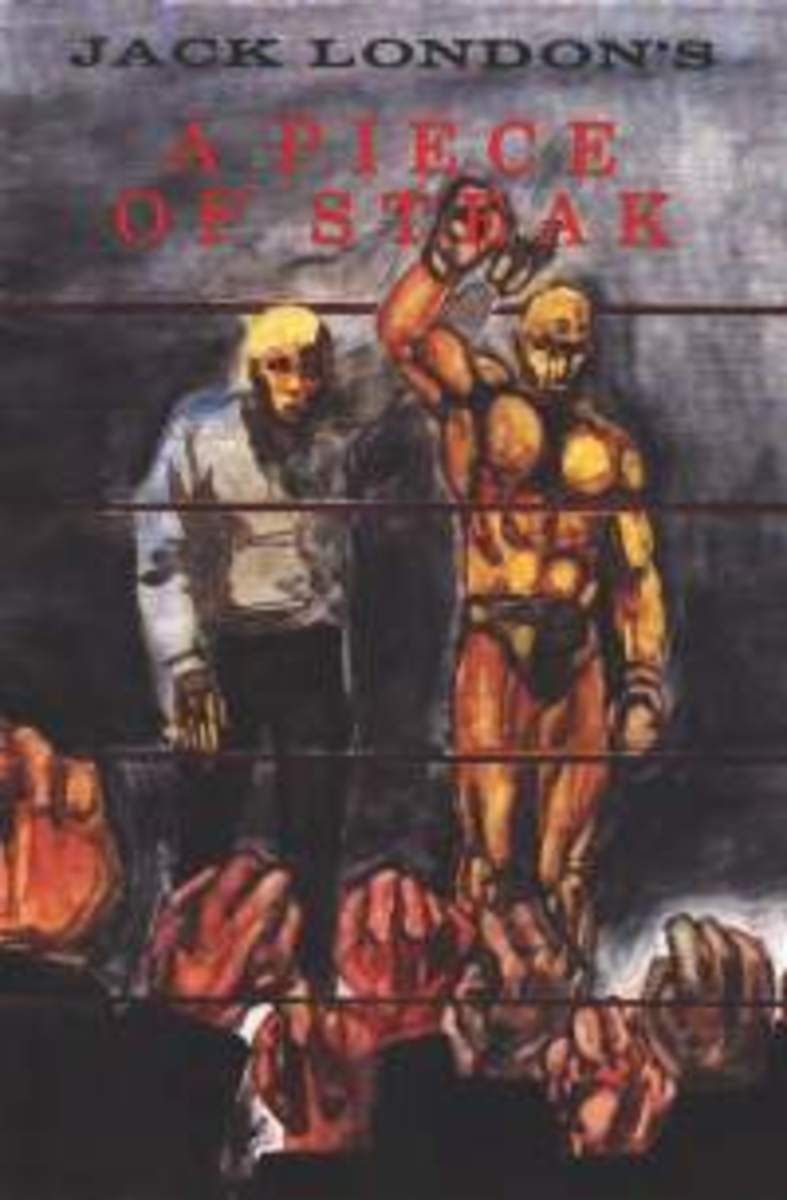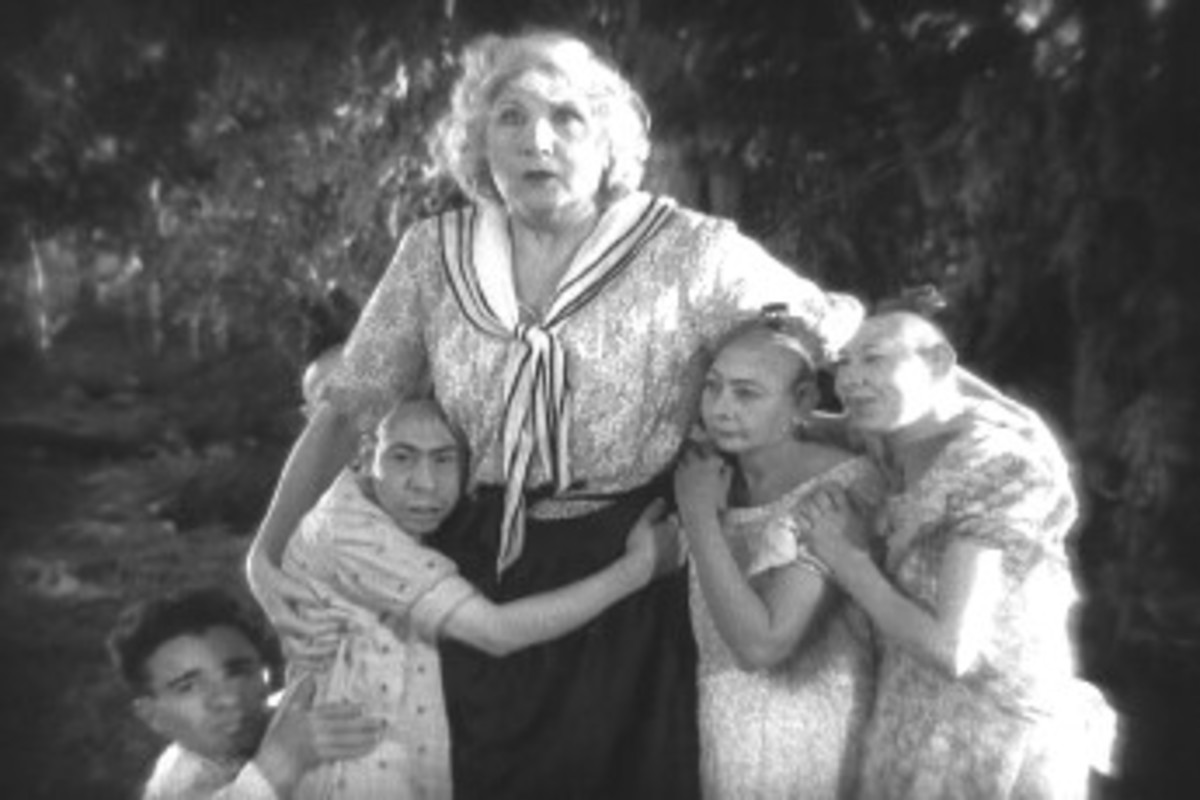The Impact of Modern War on the Animal Kingdom and Nature
Aniamls as participants and victims of war
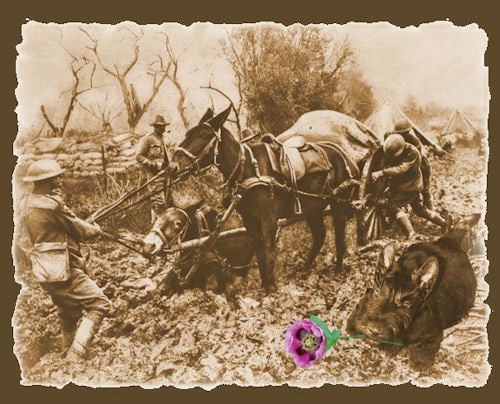
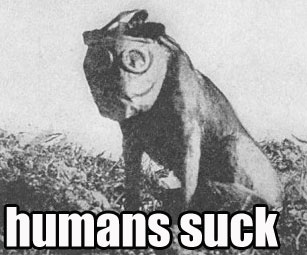
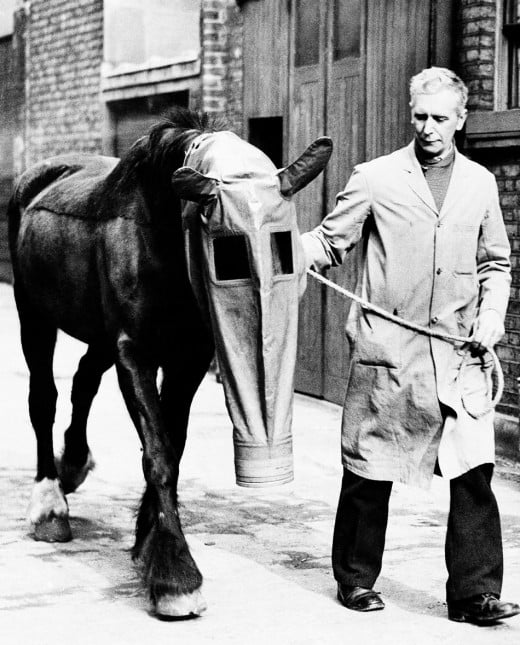
We need to end war now!
There are no more ruinous exercises to the environment than warfare. It also happens to be the single most profitable enterprise on the planet. More news is devoted to this enterprise than virtually all others combined. The stories that come back from various war torn nations talk of human victims, but almost none talk of the harm to nature and innocent animals caught in the path of human made conflagrations. Animals have been the unwitting, non-combatant victims of every war through history from the stone age to the modern era of Chemical, Biological, Nuclear (CBN) battlefield.
A tremendous amount of energy and value is consumed to manufacture the instruments of war. We spend more to destroy than we do to sustain or create. Put another way, we mainly create ways to destroy. If we are to grasp how much, we need only look at the budget allocations for the military versus social programs. As it stands now, some $553 billion is allocated for the military budget for 2012 (1) as opposed to funds for things like infrastructure, schooling and food stamps, which is only $53 billion over six years for infrastructure (2), $62 billion for the food stamp program (3) that is set for austerity cuts while the military budget goes up and public schooling at $77.4 billion (4). But allocation are not actual expenses and the military budget actually consumed nearly $900 billion for 2010 alone. The military budget for one year is about six times that of all the others combined. Then there is the black budget for things like $50 billion for “paper clips”. It is easy to grasp where the priorities are; being for imperialist adventurism abroad in the grab for resources as opposed to programs at home. But then again, we are told that we are in an open ended war against terrorism. This almost trillion dollar per year assault not only murders millions of women and children abroad, but it destroys whole environments from the use of chemicals, biological agents and spent uranium. Along with the children and women civilians are animals of all types and the plant kingdom. Nature itself is the victim of a frontal assault and a pincer movement all around the world. As we are part of nature, despite our self denials, we also suffer in what is called blow back.
It is a fact of history that animals of all sorts have been “employed” by humanity to participate in humanities most dastardly of deeds; war. India used elephants in the assault against Alexander the Great's threats and incursions into the motherland. The Spanish used horses to conquer and destroy the great civilizations of Mesoamerica. In both cases, the animals were wounded and died beside their human combatants. In the latter case of the over-extension of the Spanish empire in the “new world”, the First Nations drove them out and took the horses along with modern war tools. During WWI, homing pigeons were used to pass messages back and forth in trench warfare. Many of these were killed in the field and messages never got through. Dogs were also used in combat as search animals as well as for the control of POWs, as devices of torture and in actual combat. The navy actually trained dolphins at one point to act as living torpedoes against enemy ships. Impact bombs were strapped to the backs of dolphins that were trained to ram against ships. Fortunately for dolphins in the short term, this program was abandoned in the favor of smart torpedoes. In the biological side of warfare, plague rats were used as early as the connection between rats and plague was realized to attack cities under siege.
As many people use animals for food sources such as milk and meat, one of the targets for war is to sicken the food animals. One of the most infamous instances of such warfare was the biological attack against pigs in Cuba shortly after the souring of relations between the US and Cuba after the Cuban Revolution of 1959. In this case, swine flu was spread into the herd by disease aerosols disseminated over Cuban airspace, which proved largely unsuccessful.
Nuclear war and atmospheric testing is indiscriminate. People and animals suffer alike. In fact, during the heyday of atmospheric nuclear testing where over 600 bombs were detonated, many shots fired in Nevada had hundreds of animals as test subjects to analyze for shock, irradiation and radiation sickness deliberately. Incidentally, hundreds of thousands of soldiers were also deliberately exposed for the same reason. Ocean born tests killed millions of fish, sea mammals and birds that just happened to be in the way at Christmas Island and Eniwetok. Today, with nuclear reactors and meltdowns, such as the recent ones at Fukushima Japan, whole parts of the ocean are made into radioactive wastelands where billions of animals die. These are now surfacing all around the Pacific. Nuclear reactors are a by product for the quest of the atom bomb, which came first and so called peaceful uses came later.
As for the sum of nature, including humanity through direct contact and blow back, one of the worst scenarios was the 1991 Kuwait oil fires, the worst ecological disaster until the BP oils spill of 2010. The 1991 fires were deliberately set and burned from more than 500 wells for almost a year before the last one was put out. During the blackened sky event in the region, temperatures dropped to below freezing in regions normally over 40 degrees Celsius. Horses left behind froze to death in a region noted for heat. This single event dropped world temperatures for several years by one degree Celsius. This was masked somewhat by ongoing global warming due to accumulating carbon of which this single year was one of the most pronounced in history. War is hard on economies, deadly to many innocent combatants which has to include countless billions of animals, tame and wild. For these reasons and our own self preservation, war must end!
References
1. http://useconomy.about.com/od/usfederalbudget/p/military_budget.htm
2. http://www.freightdawg.com/2011/02/obama-2012-budget-lacks-infrastructure-for-us-ports.html


